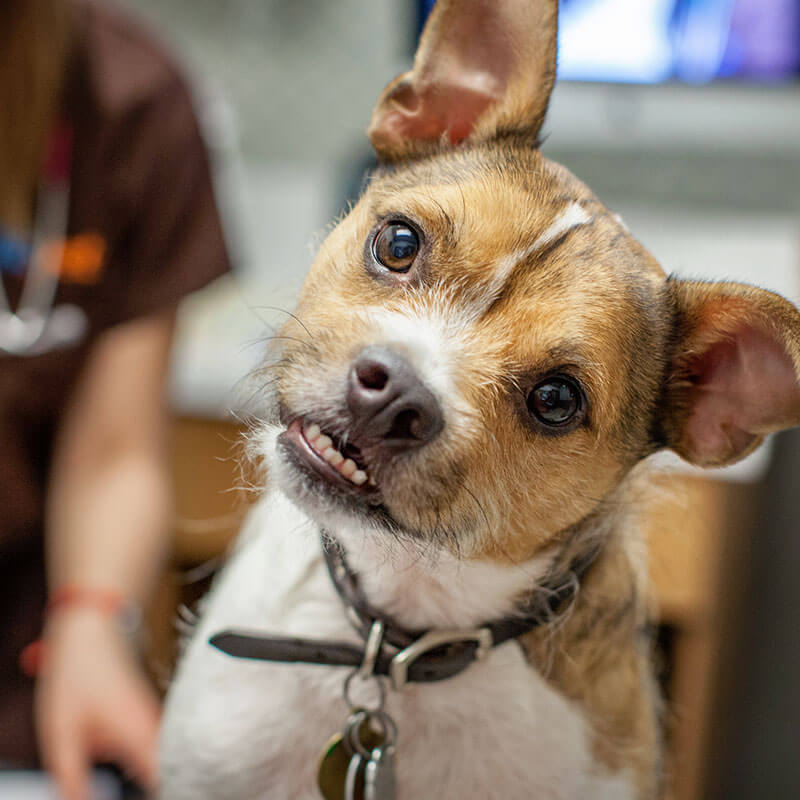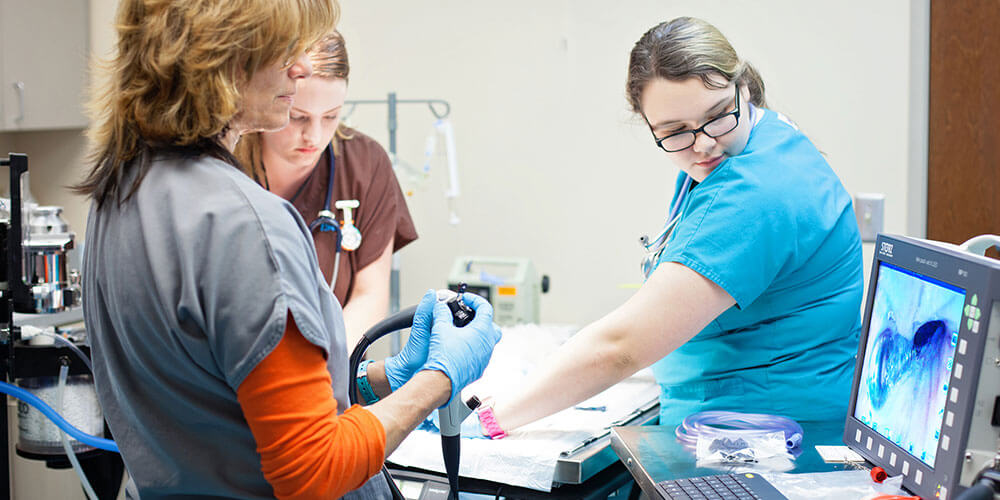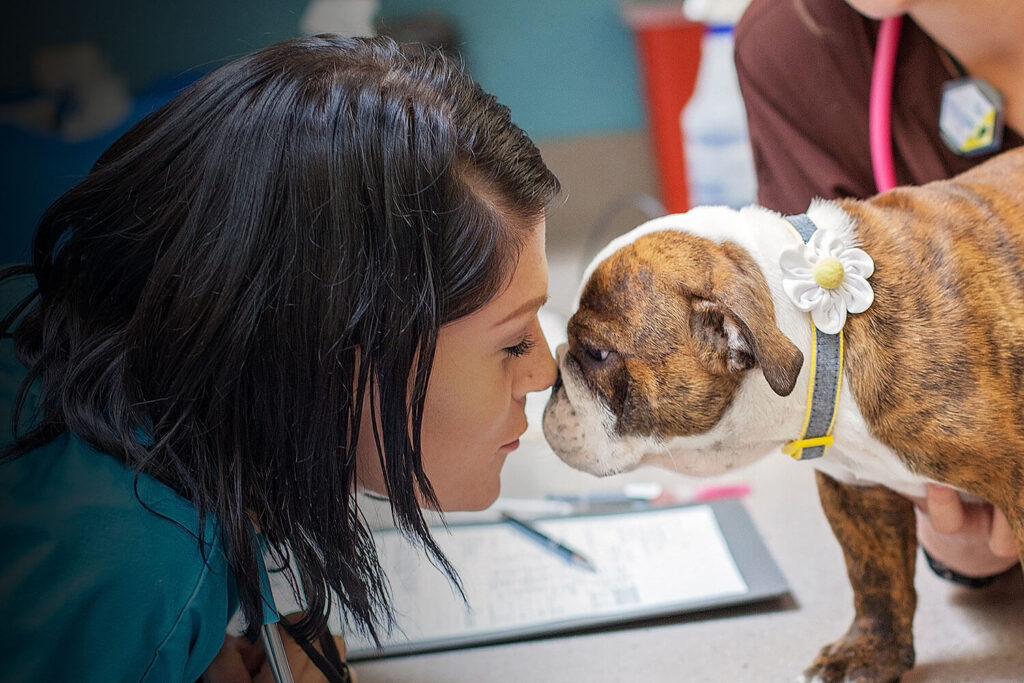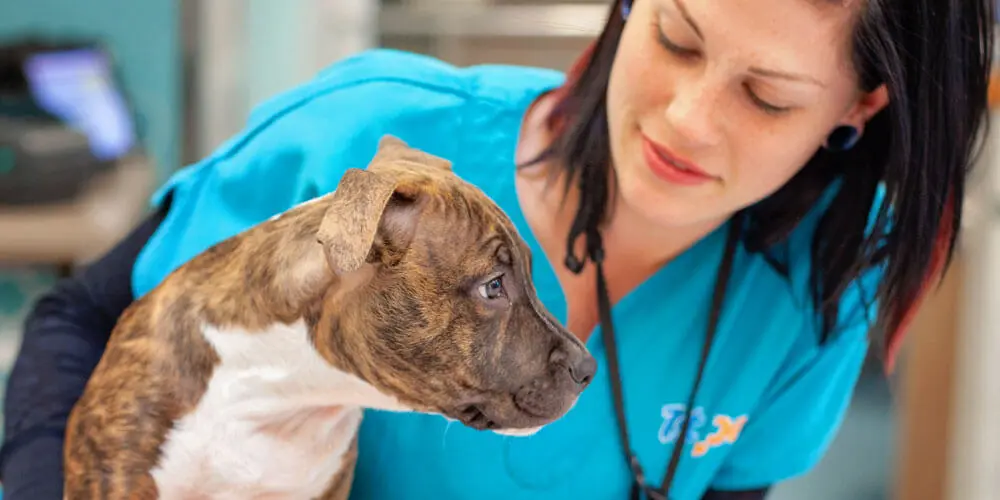DEPARTMENTS
TREATMENT OPTIONS
Endoscopy
Endoscopy for Dogs and Cats
To properly diagnose a medical condition, some pet health problems require a look inside your pet’s body. Concern about internal organs, the need for a tissue sample, or signs of a foreign object inside your pet are some the reasons that your veterinarian may request a closer look at your pet’s internal structure. While this can be, and traditionally has been, accomplished through surgery, endoscopy is a less-invasive, nonsurgical option, available in some cases, that allows the veterinarian to see inside your pet, greatly reducing the recovery time and risks of surgery.
The Endoscope
To perform an endoscopic procedure, your veterinarian will use a specialized tool called an endoscope. This long, tube-shaped instrument is equipped with a small video lens to see inside your pet’s body, a light to illuminate dark areas, and a biopsy tool that can cut and remove small tissue samples for examination by a pathologist. The endoscope can be used to examine many areas including the nose (rhinoscopy), throat, stomach, and upper intestines (endoscopy), lungs (bronchoscopy), and lower intestinal tract (colonoscopy).
Preparing for Cat or Dog Endoscopy
Prior to some procedures, especially those involving the digestive tract, the doctor may require that your pet be fasted for a certain period of time. Although many human endoscopic procedures can be performed with only a local anesthetic, since your pet does not understand the reasons for the procedure and proceeding with a conscious pet is dangerous, your pet will be placed under general anesthesia. To ensure that your pet is healthy enough to undergo anesthesia, pre-anesthesia lab work and examination are generally required.
What Happens After Endoscopy for dogs and cats?
After the procedure, your pet will be monitored to help ensure proper recovery following anesthesia. Hopefully, your veterinarian will then have enough information to guide the next steps towards your pet’s recovery. However, it is common that you will have to wait several days for a pathologist’s report to return for final diagnosis. In some cases, endoscopy is not enough to make a final diagnosis. Since some parts of your pet’s body cannot be accessed by an endoscope and the veterinarian may discover that there are no observable abnormalities, further testing or surgery may still be required for complete diagnosis and treatment. Success and complication rates, probability of an effective diagnosis, and risks of the procedure should be discussed with the doctor prior to endoscopy for your dog or cat.




